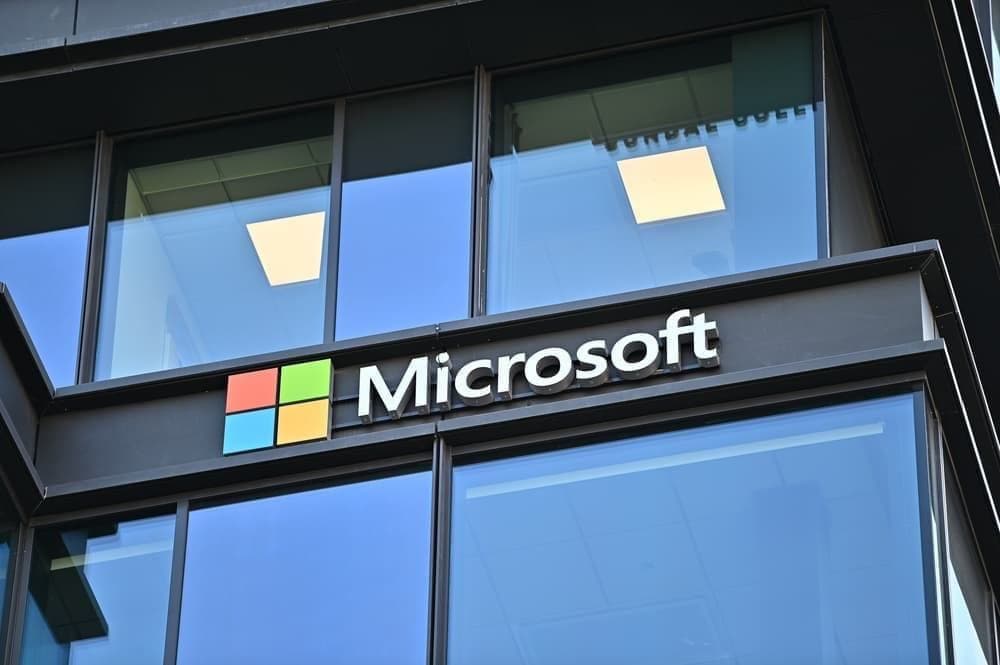After a fairly strong, if comparatively underwhelming, year, the technology giant Microsoft (NASDAQ: MSFT) appears to have entered the danger zone in the stock market in November.
Specifically, MSFT shares have, within the same month, twice signaled an imminent price drop with one of the most prominent bearish indicators: the death cross.
The death cross is a technical analysis signal that appears once the short-term moving average (MA) – usually the 50-day MA – crosses below the long-term one – usually the 200-day MA.
Picks for you
The signals are particularly notable as Microsoft shares fell approximately 25% over the course of eight months the last time the death cross appeared on the chart.
Did Microsoft stock invalidate the first November death cross?
Still, the November appearances of the dreaded indicator have been different. In fact, MSFT stock is 2% above the price it stood at when November’s first death cross appeared, having climbed from about $410.37 to its press time value of $418.63.
While such a setup might appear to indicate that the warning sign can be disregarded, it is worth pointing out that the stock market received one of its biggest boosts of 2024 just days after it showed in the chart: Donald Trump’s victory in the presidential election.
Indeed, the effects of the re-election are evident in Microsoft stock’s 30-day chart. MSFT shares stood at $411.46 on election day and rallied – albeit with a correction part-way through – to their November 14 peak of $226.89.
The latest death cross – flashed on November 25 – is far more likely to lead to a decline, both because MSFT’s current trend is fairly weak and because positive external catalysts akin to Trump’s victory are unlikely in the foreseeable future.
Wall Street experts in stark disagreement with MSFT shares technical analysis
Despite the gloomy technical analysis, investors would be wise to at least monitor the technology giant, as Wall Street analysts remain exceptionally bullish about Microsoft.
In fact, nearly all prominent market experts and strategists who revised their outlook for MSFT in November have upgraded their forecasts.
In the first half of the month, for example, RBC Capital, UBS, Daiwa Securities, and President Capital all ranked Microsoft shares as ‘buy’ and set their sights at price targets between $476 and $520 – a 13.7% upside at worst.
More recent revisions have also been optimistic, with JPMorgan (NYSE: JPM), Goldman Sachs (NYSE: GS), and Jeffries all estimating MSFT stock is a ‘buy,’ and Wedbush even providing the Street high forecast at $550.
Featured image via Shutterstock








